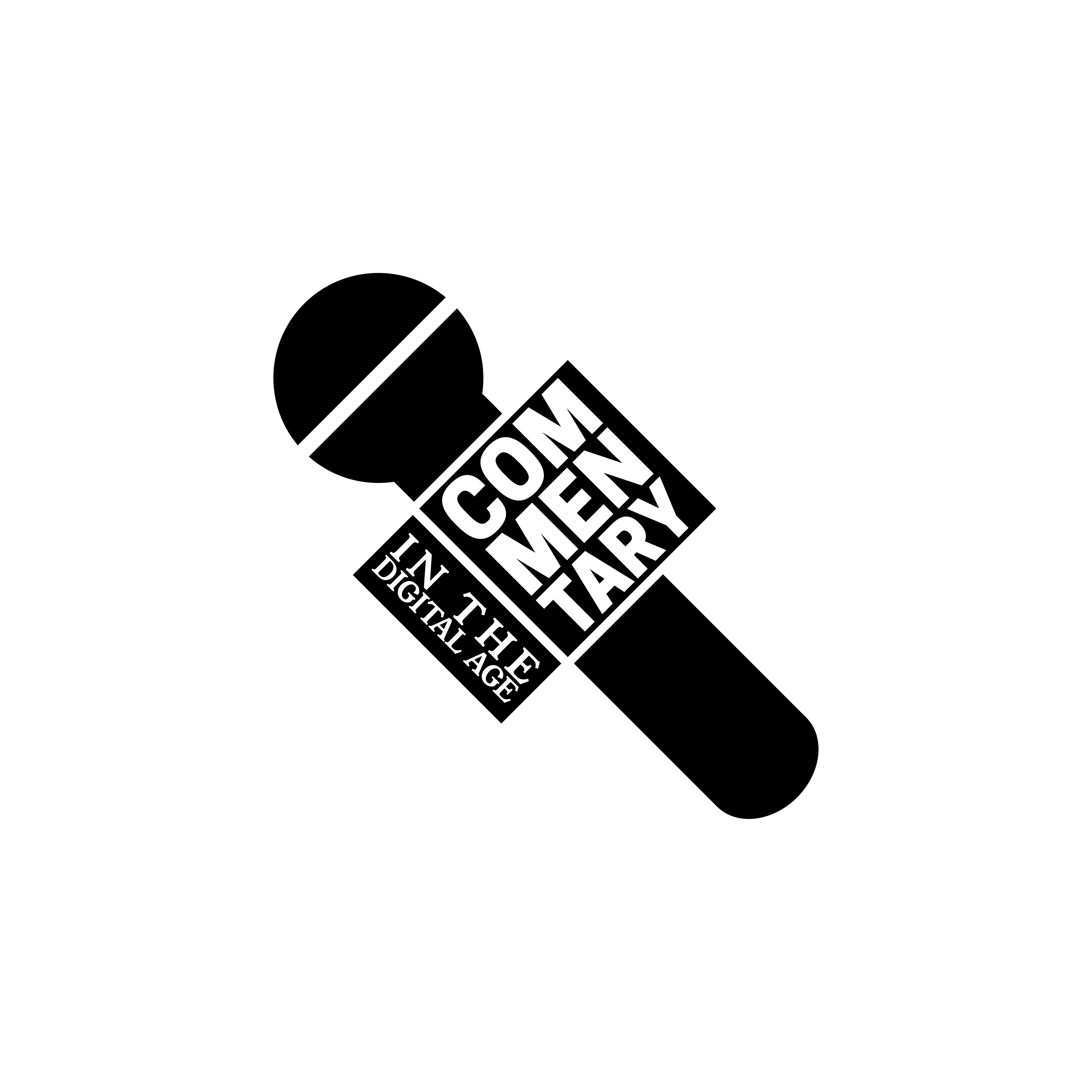Art, through a wide variety of mediums, is one of the most impactful societal contributions that humans can provide.
Whether through television, movies, dance, theater, paintings or sculptures, art is a way for people to express their thoughts and feelings and provide their commentary on the world.
The most influential of these mediums from my perspective is music. Music has a variety of functions and genre offerings. It doesn’t matter how fast or slow or how upbeat or sad a song or album is, music is an excellent way for an artist to say how they really feel.
One artist who has brilliantly cultivated this skill is Bad Bunny. Now, I understand I may not be the target or expected audience for the vast majority of his discography. I began to dive into his music in the summer of 2023 when I wanted to begin relearning Spanish after neglecting the language abilities I’d built up through my four years of high school.
My maternal grandmother was from Costa Rica, and I have family that lived there for decades, so learning Spanish has always been a goal of mine. I view it as a way of connecting with that side of my family, especially in the time since my grandmother passed in 2021.
Bad Bunny is one of the artists who has allowed me to do that. In my exploration of his music, I’ve also fallen in love with Caribbean culture as he sings melodically about it from his Puerto Rican lens. His most recent album “DeBÍ TiRAR MáS FOToS” is a prominent example of this.
The album has been characterized as a love letter to his home island It features a slew of Puerto Rican artists ranging in popularity and recognition. The album employs multiple styles of music including the reggaeton Bad Bunny has become known for. However, this album also consists of more traditional Puerto Rican rhythms such as salsa, plena and jíbaro.
The album begins with upbeat tracks “NUEVAYoL” and “VOY A LLeVARTE PA PR.” The former incorporates reggaeton and dembow beats, a popular urban Dominican style. It is a dedication to Puerto Ricans living on the mainland, particularly in New York City where there is a large population of Puerto Ricans maintaining a rich culture infused with NYC influence.
The latter is pure “perreo,” an upbeat style of reggaeton that can be heard in clubs. It features clever and witty NSFW lyrics about a trip home to Puerto Rica Bad Bunny would like to take with a woman he met in a Miami club, as indicated by the song’s opening stanza (“Yo la conocí en Miami, en Brickell…”).
There are several other reggaeton songs included on the tracklist. “PEFuMITO NUEVO” and “VeLDÁ” feature up-and-coming artists RaiNao and Omar Courtz and Dei V, respectively. They show Bad Bunny’s dedication to promoting the next generation of Boricua urban artists who can continue to bring music and a message from Puerto Rico to the world.
EoO is another “perreo,” with the pronunciation of the song, equating to that of the end of the word “perreo.” It is heavily influenced by the reggaeton tracks of the early and mid-2000s when the genre was just finding its footing in front of an international audience. It is produced by Tainy, one of the genre’s most well-known producers whose beats helped define it over the last two decades.
The album takes a more romantic turn with “BAILE INoLVIDABLE,” a salsa track, reminiscent of the types of songs Bad Bunny and many other Puerto Ricans and Latinos grew up listening to in their childhood. It channels much of the sentiment Bad Bunny hoped to capture with this album release.
It is joined by “LA MuDANZA” as the other salsa track on the album. “LA MuDanza” is a rhythmic retelling of Bad Bunny’s origins that details the story of how his parents met. It contains powerful lyrics of pride in his island such as, “Aquí mataron gente por sacar la bandera, por eso es que ahora yo la llevo donde quiera,” and “En la caja la bandera azul clarito.” Both of these lines illustrate Bad Bunny’s pride in his island and his desire to see a free Puerto Rico, as represented by the light blue flag.
“WELTiTA” is a relaxing song about taking a peaceful trip to the beach with a loved one. The song features Chuwi, a musical group comprised of siblings. The group’s female vocalist produces one of the album’s highlights, singing about El Pozo de Jacinto in Isabela, Puerto Rico, where the family is from. Her lyrics highlight a popular legend that is well-known throughout the city.
The name of the song is a phonetic spelling of how someone from Puerto Rico would pronounce the word vueltita with their trademark accent. This is also seen in the spelling of “NUEVAYoL” (Nueva York), “VeLDÁ” (verdad), “KETU TeCRÉ” (qué tú te crees), and “KLOuFRENS” (close friends).
Although neither of the songs ranked among my favorites from the album, both “BOKeTE” and “TURiSTA” provided Bad Bunny with the opportunity to make sly statements about Puerto Rico. “BOKeTE” is about a failed relationship, it’s also a commentary on the state of Puerto Rican roads that are filled with potholes that the government has failed to address and fix. “TURiSTA” carries a similar theme in the foreground, but also critiques tourism and how it can be a detriment to places like Puerto Rico. Many Puerto Ricans have taken issue with tourists’ behavior and mistreatment of their island.
“EL CLúB” was the first single released off the album, followed by “PIToRRO DE COCO.” Both songs incorporate Puerto Rican folk rhythms. “EL CLúB” starts with a plena beat and turns into an electronic pop song, while “PIToRRO DE COCO” is defined as a jíbaro song. Pittoro de coco is a type of rum made in Puerto Rico that is consumed during festivities such as Christmas and New Year’s, two holidays Bad Bunny mentions in the song.
“CAFé CON RON” and the album’s title track “DtMF” are bouncy plena songs infused with energy. “DtMF” is a bright song appreciating the nostalgia of Bad Bunny’s life on the island. It’s a message to himself and listeners to not let life pass by too quickly and to capture more photos and live in the moment.
Lastly, “LO QUE LE PASÓ A HAWAii” is the most explicitly political song on the album. The refrain is a powerful message that states “No quiero que hagan contigo lo que le pasó a Hawái.” It’s a warning not to let the United States annex Puerto Rico and make it a state like was done to Hawaii. Bad Bunny wants Puerto Rico to regain its independence and maintain its culture free of America’s colonization.
Overall, Bad Bunny’s album was a pleasure to listen to. It was a wonderful combination of political commentary and fast-paced upbeat songs to enjoy for any situation.
This album is a must-listen project in order to gain an understanding of where Puerto Rico sits in this current political climate. Bad Bunny is the perfect representative to deliver this message given how global his audience has become. His music has reached the furthest corners of the world of almost any Latin artist. It only makes sense that he’s the one to capitalize on his other-worldly fame and stick up for his people.
It is a much-needed warning against the effect of modern colonization, a reality that is all too pertinent given the current presidential administration. Bad Bunny is not shying away from this fact and he’s not using his fame to hide in indifference. Bad Bunny has always promoted messages in support of his people and that’s no different today despite the exponential increase in his audience.


